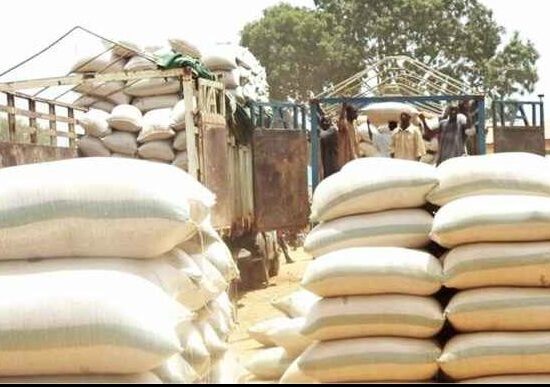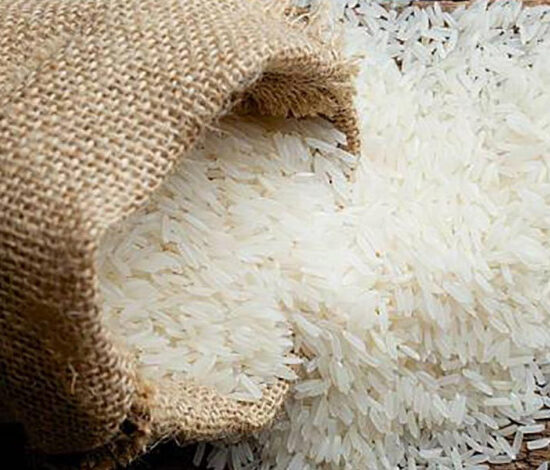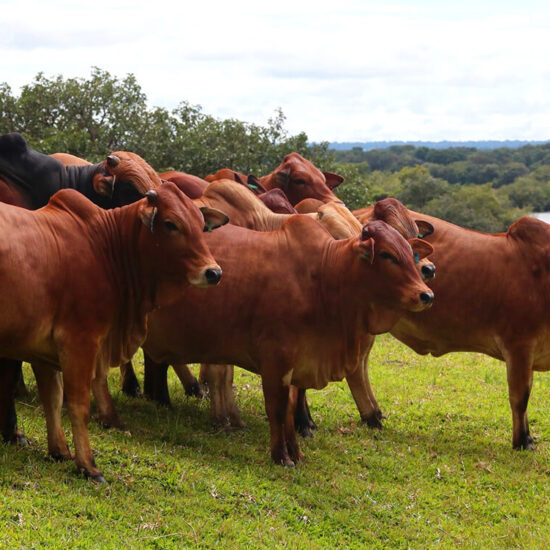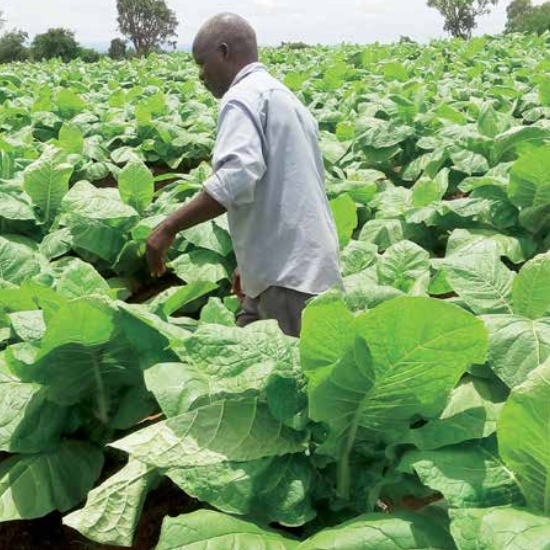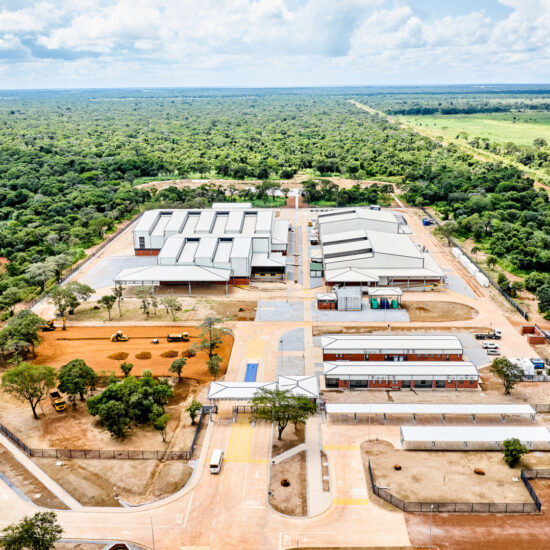
Soya beans closed off the month of May trading at $630 per ton, this is according to FNB Zambia’s Agribusiness Monthly Report for May/June 2022. This means soya beans was trading around K10 per kg.
This price is 14% lower than the previous month but is still 59% better when compared to the same trading period in 2021 and soya beans is still experiencing record pricing well above its trading price of $350 – $400 pre-2021.
FNB Agriculture Specialist Mwamba Chokolo said the price reduction was expected because the price of $700 or more was more reflective of stock availability (which was low) versus demand.
According to information made available to the Zambian Business Times-ZBT, Chokolo said if the Russia-Ukraine conflict continues, and local beans remain attractive in the region as an export option, the price will continue to respond to international supply movements adding that currently, Tanzania has increased its purchase of Zambian beans, which has added to the premium price on offer currently.
Chokolo noted that the price reduction therefore is due to improved stock available thus a lower price during the current period, which is still in the harvest phase of the market season.
He explained that despite the month on month reduction, a 59% year on year improvement is significant and the reasons for the distinct price difference stems from expected global supply disruptions because of the on-going conflict between Russia and Ukraine for which both parties to the conflict are notable global suppliers.
The Agriculture Specialist noted that traders have opted to secure their crop early, at a seemingly higher than expected price, but taken from a long-term view, the price of not having stock is worth the current price at which stock is being secured.
Chokolo mentioned that farmers are expected to make income that is much improved from the previous season but like maize, the gains made through favourable pricing are being eroded by the increased cost of production.
He noted that the commercial soya national yield ranges from 2.5 tons per ha to 3.5 tons per ha average-while smallholder farmers range from 1.5 to 2 tons per ha average adding that smallholder diversification has meant a lot more producers are looking to move from maize production to soya beans.
Chokolo added that key to this is irrigation support, which would ensure some hedge against dry spells, which are commonplace during summer cultivation noting that in the absence of irrigation support; notable stock of soya will continue to come from commercial producers who still deliver close to 50% of all beans produced in Zambia.


